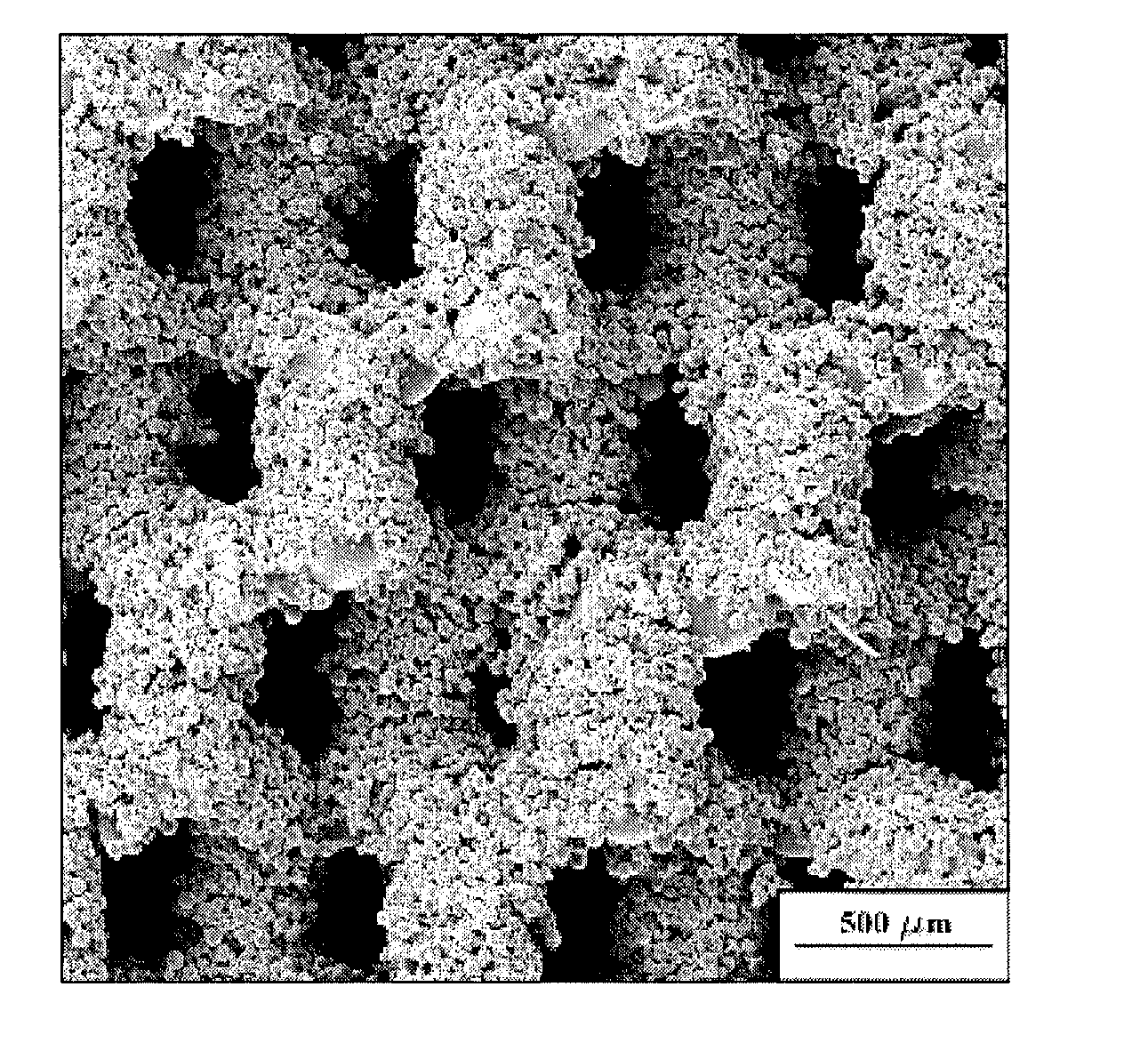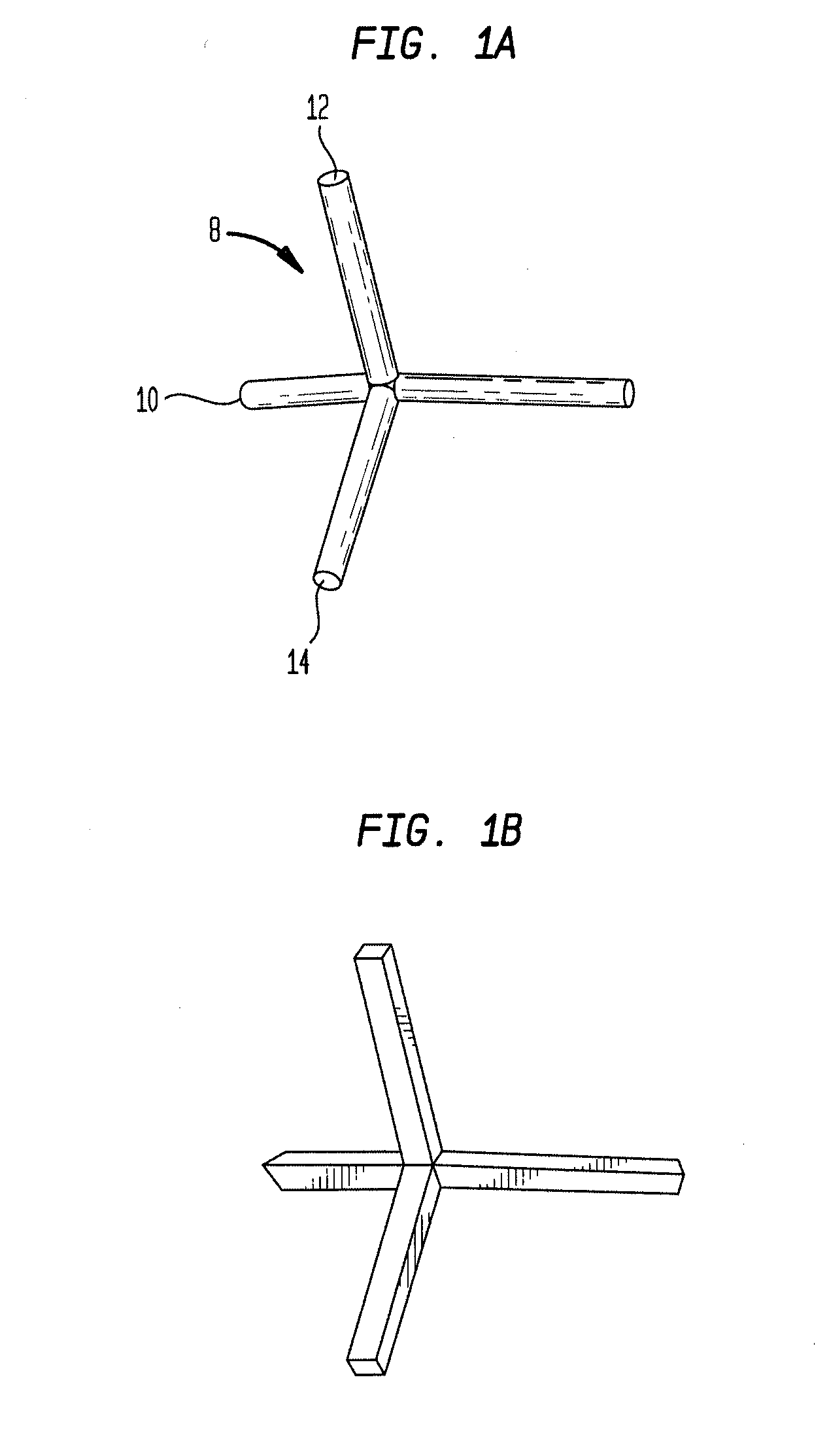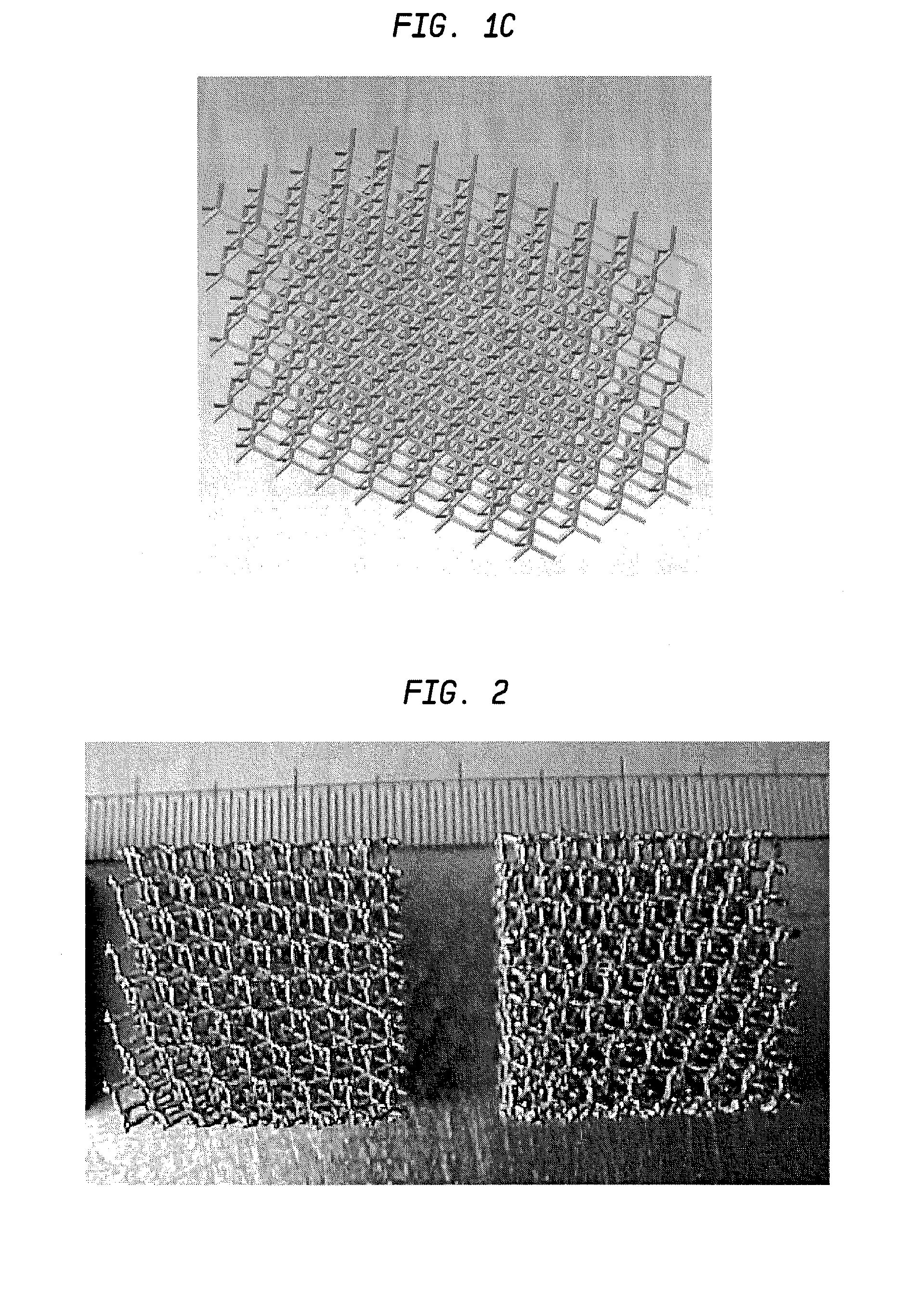Laser-produced porous structure
a porous structure and laser-produced technology, applied in the field of porous surface or structure, can solve the problem that the field has not focused on reducing the density of three-dimensional structures
- Summary
- Abstract
- Description
- Claims
- Application Information
AI Technical Summary
Benefits of technology
Problems solved by technology
Method used
Image
Examples
Embodiment Construction
[0074]This invention relates to a method of forming porous and partially porous metallic structures which are particularly but not exclusively applicable for use in hard or soft tissue interlock structures for medical implants and prosthesis. The method makes use of laser technology by employing a variety of scanning strategies. Typical metal and metal alloys employed include stainless steel, cobalt chromium alloys, titanium and its alloys, tantalum and niobium, all of which have been used in medical device applications. This invention can be used for such medical device applications where bone and soft tissue interlock with the component is required, or where a controlled structure is required to more closely match the mechanical properties of the device with surrounding tissue.
[0075]The intention of the present invention is to produce a three-dimensional structure using a laser remelting process, for example, for building structures utilizing unit cells with or without a solid bas...
PUM
| Property | Measurement | Unit |
|---|---|---|
| length | aaaaa | aaaaa |
| thickness | aaaaa | aaaaa |
| power | aaaaa | aaaaa |
Abstract
Description
Claims
Application Information
 Login to View More
Login to View More - R&D
- Intellectual Property
- Life Sciences
- Materials
- Tech Scout
- Unparalleled Data Quality
- Higher Quality Content
- 60% Fewer Hallucinations
Browse by: Latest US Patents, China's latest patents, Technical Efficacy Thesaurus, Application Domain, Technology Topic, Popular Technical Reports.
© 2025 PatSnap. All rights reserved.Legal|Privacy policy|Modern Slavery Act Transparency Statement|Sitemap|About US| Contact US: help@patsnap.com



